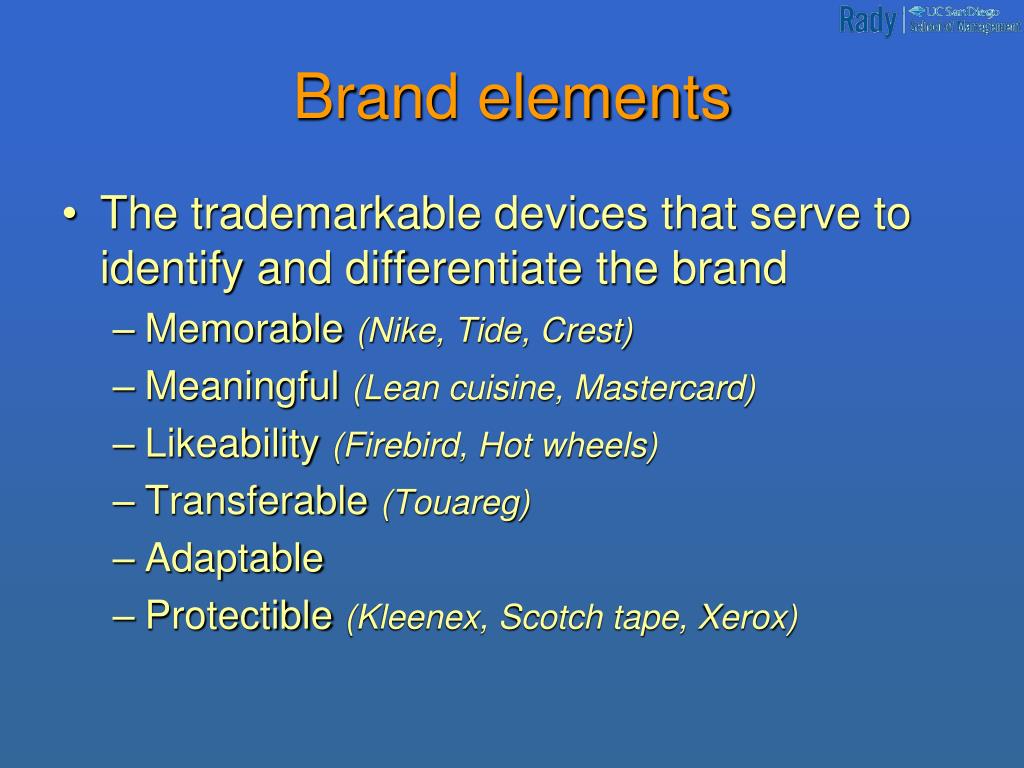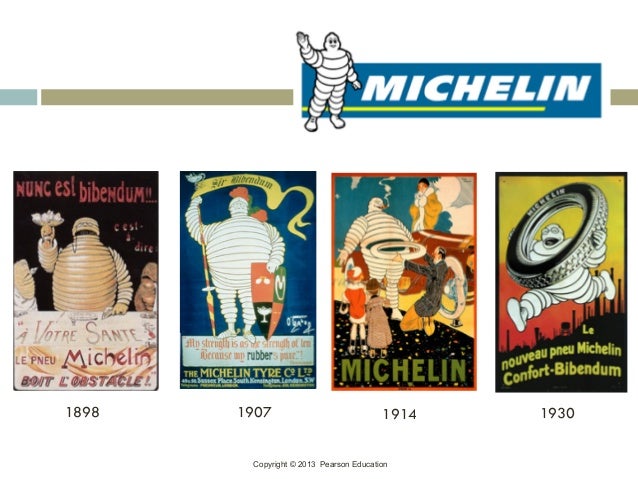
Make sure the logo either scales easily or comes in variations that fit common shapes and media.īet you can recognize this logo. Companies should also consider the various sizes and shapes their logo will be expected to take, from website headers to products to stationary. Most importantly, it should clearly convey the company’s messaging. BP spent millions of pounds introducing its new sunflower logo to the market, and it was still met with controversy.Ī brand logo should be instantly recognizable: simple, unique, appropriate, and memorable. The world’s most famous brands are recognizable by their logo alone, which is why companies place so much importance (and so many resources) in logo development. Neuroscientific research at MIT demonstrated that the brain could process images in 13 milliseconds, and logos provide instant brand recognition. Everything should center around the target audience. Having a deep understanding of who your audience is, what matters to them, and what their needs and challenges are should directly shape a company’s brand - from the visual design to the development of a brand’s core values. According to the Content Marketing Institute, 90% of top-performing B2B content marketers focus on what information the audience needs, rather than what the brand wants to say. If the audience is teenagers, it might include native ads on gaming sites or sports channels. For example, if the target audience is new mothers, a brand will naturally focus its advertising strategy on parenting websites and online wellness forums. Part of building a strong brand identity is boosting brand awareness and perception, and this can only be done correctly by targeting the right audience.

For example, did you know that the brand name IKEA is an acronym of the founder’s name and hometown? Yet, there are many ways to convey originality. For example, Land Rover taps into a sense of adventure and escape.īe original. A strong brand name must be one of a kind, and that’s a tough ask in a saturated global marketplace. Think Apple, Facebook, or Toys “R” Us.īe memorable. The strongest memories are emotion-based, and powerful brand names do an excellent job of conveying emotion.

When part of a broad, rich brand strategy, even the simplest names are the most powerful. A good brand name is easy to pronounce and conveys the brand’s purpose and character. Choosing a name isn’t a straightforward process, so it helps to follow a few basic principles to make sure the name advances the overall brand strategy:īe simple. While sophisticated wordplay might be tempting, it’s more important to be understood. The brand name is the company’s first impression it’s strengthened by good customer experiences and destroyed by bad ones. In This ArticleĪ name identifies, differentiates, and reflects the essence of the owner, and the same is true for brands. Let’s look at the top 10 elements that you should address to create a strong brand identity, from the most basic to the more complex. There's no aspect of a company that’s not a part of its brand identity.

It covers everything from product design to audience targeting, employee relations, and customer support. Brand identity isn’t just a logo or an advertising campaign it’s the way a brand presents itself to the market and interacts with its audience.


 0 kommentar(er)
0 kommentar(er)
